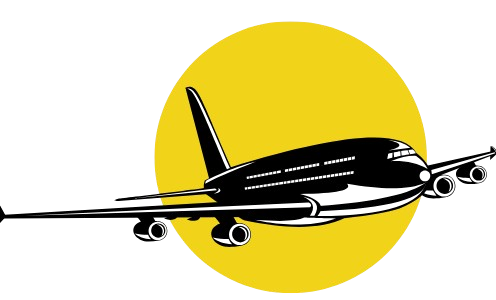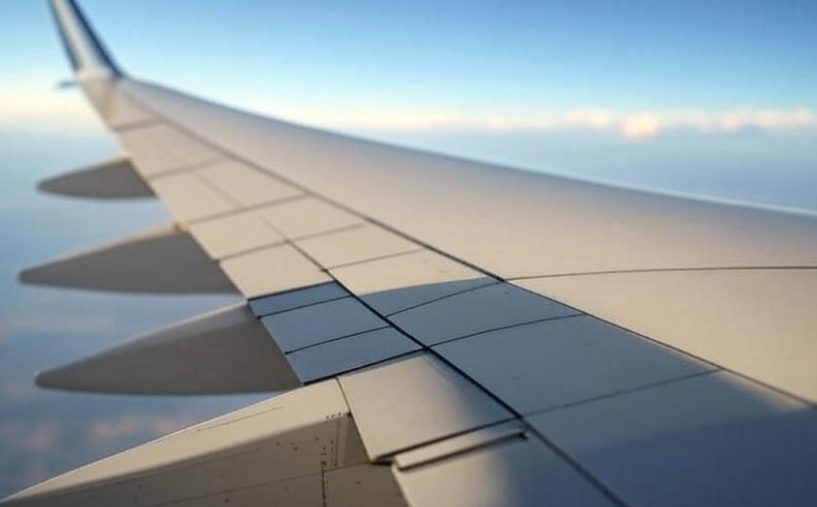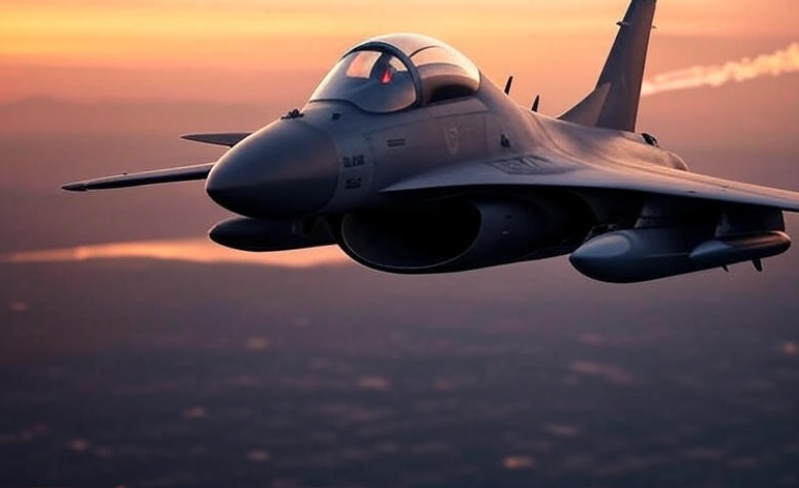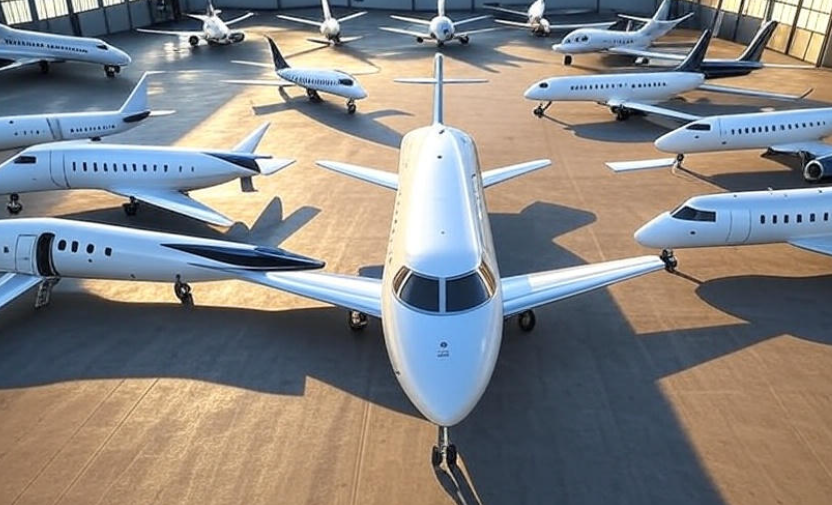Introduction: Understanding the Magic Behind Flight
Ever looked at a plane soaring high above and wondered, how does it stay up there? 🤔 Most people think engines alone keep airplanes in the sky, but the real hero is the wing. Yes, those long, flat structures on either side of a plane do much more than just make it look cool—they actually make flight possible. Today, we’ll break down the science of airplane wings in simple terms, explain how they generate lift, and even sprinkle in some fun facts along the way.
What an Airplane Wing Actually Is
An airplane wing isn’t just a flat piece of metal. It has a very specific shape called an airfoil. Picture a teardrop lying on its side. The top is curved, and the bottom is flatter. This shape is no accident—it’s designed to manipulate air in a way that helps the plane lift off the ground.
How Wings Generate Lift
Lift is the upward force that counters gravity and allows planes to fly. But how does a wing generate lift? There are two main explanations:
-
Bernoulli’s Principle – Air moves faster over the curved top of the wing than the flat bottom. Faster air creates lower pressure above the wing, and higher pressure below pushes the wing upward.
-
Newton’s Third Law – The wing pushes air downward, and the reaction pushes the wing upward. In simple terms, every action has an equal and opposite reaction.
Both principles work together, making sure the plane rises smoothly into the sky. ✈️
The Role of Angle and Shape
The wing’s angle of attack is the tilt of the wing relative to the oncoming air. If the angle is too small, the plane struggles to lift. Too steep, and the wing can stall. Engineers carefully design the wing’s shape and tilt to maximize efficiency at different speeds.
Different Parts of a Wing and Their Jobs
An airplane wing has several parts, each with a special job:
| Wing Part | Function | Fun Fact |
|---|---|---|
| Flaps | Increase lift during takeoff & landing | Flaps can extend like a slide to help planes lift off at lower speeds |
| Ailerons | Control roll (tilting left or right) | Pilots use them to turn the plane smoothly |
| Slats | Allow more air to flow at high angles of attack | They prevent stalling during slow flight |
| Winglet | Reduce drag at wingtips | Small upturned tips save fuel! |
Why Wing Shape Changes with Aircraft Type
Not all wings look the same. Fighter jets have thin, sharp wings for high-speed maneuvering. Commercial airliners have long, wide wings to glide efficiently. Even small differences in curvature or length can affect speed, fuel efficiency, and stability.
How Air Speed Affects Lift
Lift depends on both air pressure and speed. That’s why planes need a runway to take off. The engines push the plane forward fast enough, and as air flows over the wings, lift is created. Once in the sky, the plane can even glide with engines at lower power because the wing shape keeps air pressure working efficiently.
Drag and How Wings Fight It
Lift isn’t the only force at play. There’s also drag, which slows planes down. Wings are shaped to cut through the air with minimal resistance. Winglets at the tips are one clever design tweak that reduces drag and saves fuel over long flights.
How Modern Technology Improves Wings
Technology keeps wings smarter:
-
Flexible wings adjust shape slightly for smoother flight.
-
Wingtip devices reduce turbulence and drag.
-
Computer simulations allow engineers to test new designs without expensive prototypes.
Why Pilots Adjust Wings
During flight, pilots use flaps, slats, and ailerons to adjust lift and control direction. For example:
-
Takeoff: Flaps are extended to increase lift at slower speeds.
-
Landing: Flaps and slats help the plane descend safely.
-
Turning: Ailerons tilt the plane smoothly left or right.
Fun Facts About Airplane Wings
-
A jumbo jet wing can weigh over 20,000 pounds. 😲
-
Some wings can flex upward more than 30 feet during turbulence.
-
Winglets can save millions of gallons of fuel each year for airlines.
Simple Analogy to Remember
Think of the wing like a boat moving through water. Just as a boat’s hull pushes water down and moves forward, the wing pushes air down and lifts the plane up. The faster it goes, the smoother it rides.
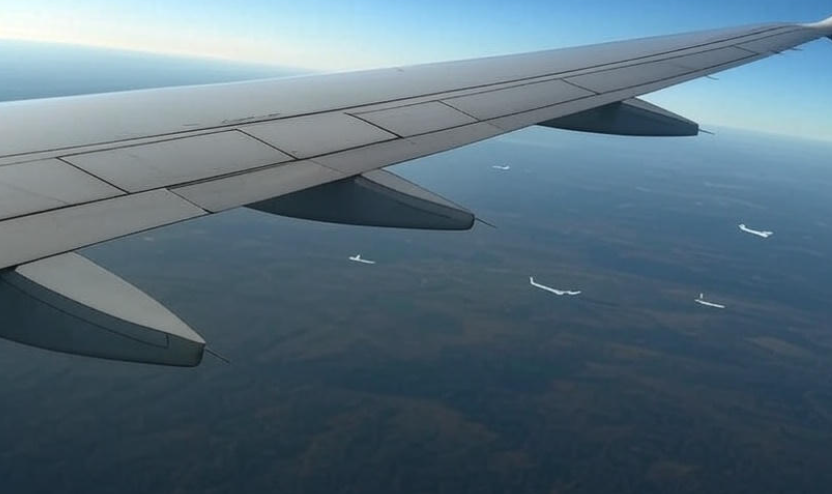
FAQs About Airplane Wings
Q: Can a plane fly without wings?
A: Not really. The engines provide thrust, but wings create the lift needed to stay airborne. Without wings, a plane would just fall.
Q: Why do wings sometimes bend in flight?
A: Wings are designed to flex! This flexibility absorbs turbulence and reduces stress on the structure.
Q: What’s the difference between flaps and ailerons?
A: Flaps are mainly for takeoff and landing to increase lift. Ailerons control the plane’s roll to turn left or right.
Q: Do all planes have the same wing shape?
A: No. Fighter jets, gliders, and commercial airliners all have wings designed for their unique needs.
Q: Can wings generate lift on their own?
A: No. The plane needs forward motion to push air over the wings. Lift is all about interaction between speed, air, and wing shape.
Conclusion: Wings Are More Than Just Metal
The next time you look up at a plane soaring above, remember—it’s not just engines keeping it in the air. Wings are the silent heroes of flight, bending, slicing, and shaping air to make lift possible. From flaps to ailerons, every part has a role. Modern technology has made them even smarter, and engineers keep innovating to make flight smoother, faster, and more fuel-efficient. ✈️
So, the next time you board a plane, take a moment to appreciate the wings. They’re not just metal—they’re physics in action.
